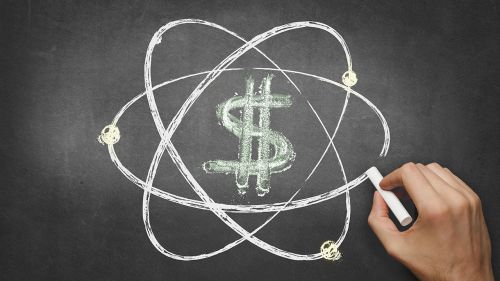
A recent article in Wired by Gregory Barber discusses the opportunities and challenges with turning fusion energy into power we can use.
As the physics progresses, some are now beginning to explore the likely practical and economic limits on fusion. The early conclusion is that fusion energy ain’t going to be cheap—certainly not the cheapest source of electricity over the coming decades as more solar and wind come online. But fusion may still find its place, because the grid needs energy in different forms and at different times.
Barber sites work recently published in Joule by Jesse Jenkins, Egemen Kolemen, and Jacob Schwartz, a physicist at the Princeton Plasma Physics Laboratory. The research is discussed in a recent article published by the Andlinger Center for Energy and the Environment.
The researchers asked how cheap fusion would have to be in order to make it economical for everyday use. They used a "sophisticated model of the US grid between 2036 and 2050" to draw conclusions about the practical expense associated with fusion power.
The results suggest the answer could vary a lot depending on the cost and mix of other energy sources on the decarbonized grid, like renewables, nuclear fission, or natural gas plants outfitted with carbon capture devices"
Overall, the research indicates that fusion will become one source of power in the US grid, but likely not the only source.
Read the full article, "No, Fusion Energy Won’t Be ‘Limitless’" in Wired.